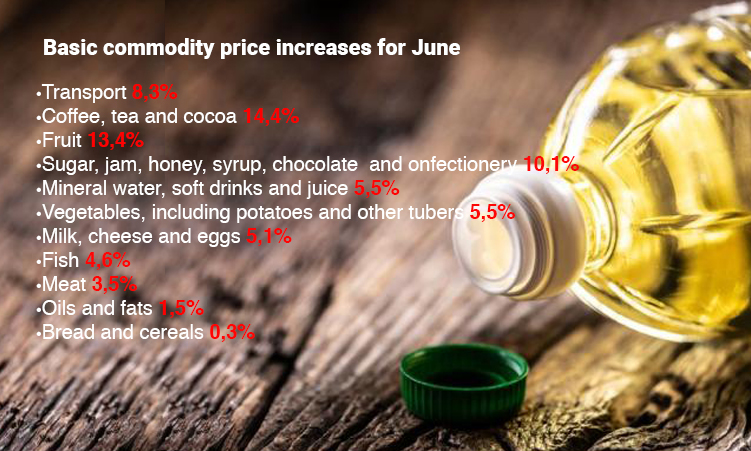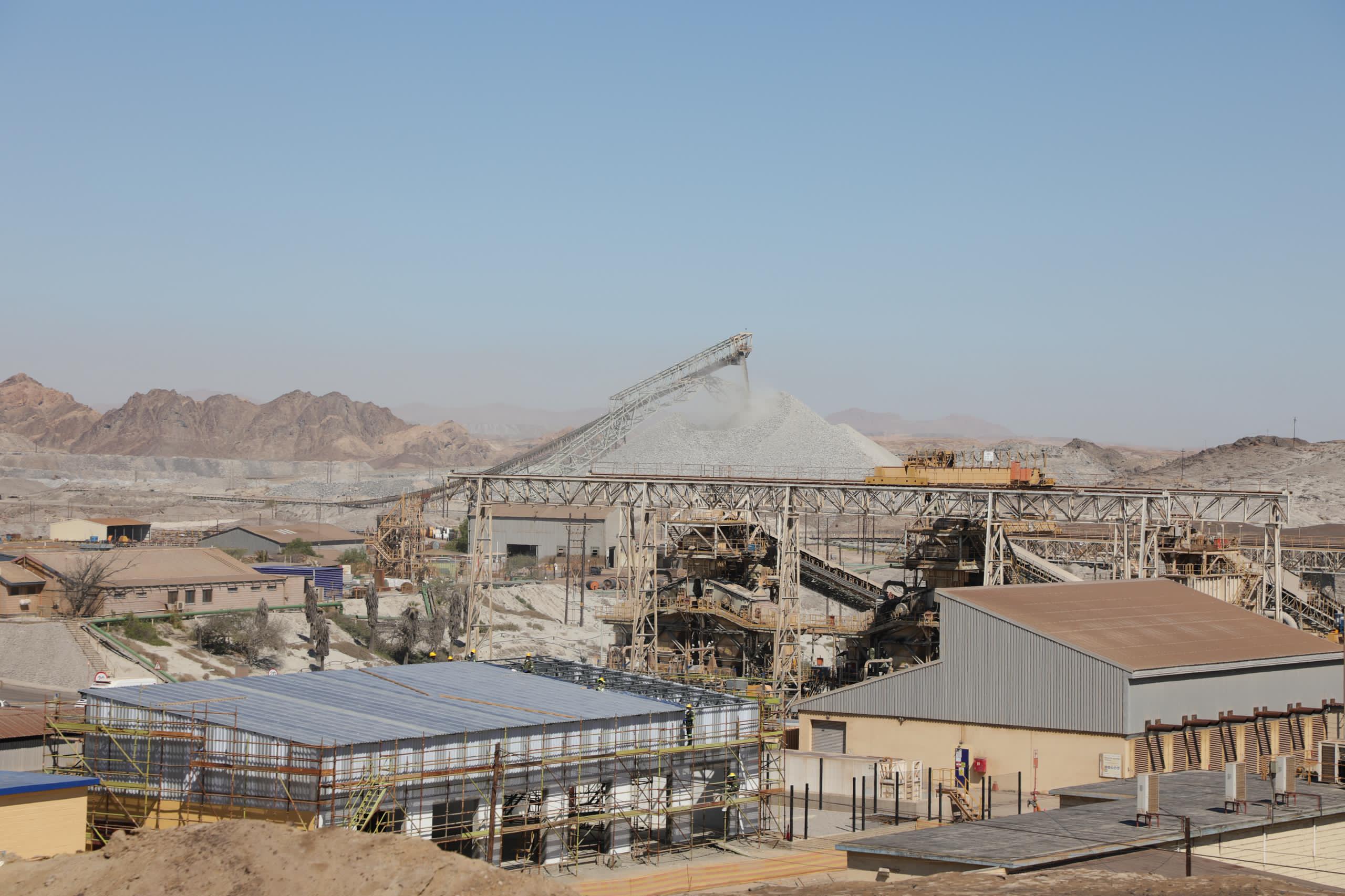Windhoek residents are paying more for pure sunflower oil than those in towns across the country.
According to the Namibia Statistics Agency (NSA) Consumer Price Index for the month of June, residents in the Khomas region are paying N$31,32 for 750ml of cooking oil.
NSA data showed that Zone 3 (the //Kharas, Erongo, Hardap and Omaheke regions) paid N$30,26, while Zone 1 (the Kavango East, Kavango West, Kunene, Ohangwena, Omusati, Oshana, Oshikoto, Otjozondjupa and Zambezi regions) paid the least amount, at N$29,13.
Khomas residents, however, pay the least amount for 2,5kg of white bread flour.
“The average retail prices of selected products revealed that consumers in Zone 3 paid the highest price for white bread flour at N$56,63, followed by Zone 1 consumers at N$55,99, while consumers in Zone 2 paid the lowest price at N$55,11,” says statistician general Alex Shimuafeni.
For the month of June, inflation rose to 4,6%.
“The main contributors to the annual inflation rate of 4,6% in June 2024 were transport, which accounted for 1,3%,” notes the NSA report.
The prices of breads and cereals increased by 0,3%, which is a decrease compared to 17,3% seen in June last year.
Corn flour, pasta, wheat flour and rice were the food items that saw the largest price drop, contributing to the slow rise in food prices.
“Product subcategories that drove much of the downward momentum include maize, meal/grain macaroni, spaghetti and noodles, bread, cake flour and mielie rice/malt,” notes the report.
The price of vegetables, including potatoes and other tubers, increased by 5,5% compared to 18,5% recorded during June 2023, notes the NSA.
Specific items that saw big price drops include potatoes, onions, cabbage, lettuce, cucumbers and sweet potatoes.
Fish prices also rose at a slower pace (4,6%) compared to last June (11,7%).
“The slow increase in this category was reflected in the price levels of dried, smoked or salted fish and seafood (from 12,8% to -6,3%); and fresh, chilled and frozen fish (from 12,8% to 6,1%).
The prices of meat also went up to 3,5% compared to 8,3% last year. This slowdown is because of price drops for pork, biltong and canned meat.
“The slow increase in the annual inflation rate of this subcategory emanated from changes in the price levels of pork (from 21,8% to 0%), ham (from 18,8% to 3,2%) biltong (from 6,4% to -8,4%) and canned meat (from 11,8% to -0,7%),” notes the report.
Stay informed with The Namibian – your source for credible journalism. Get in-depth reporting and opinions for
only N$85 a month. Invest in journalism, invest in democracy –
Subscribe Now!










